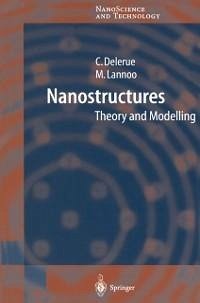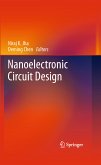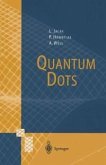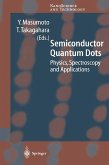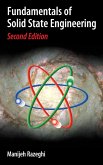Progress in nanoscience is becoming increasingly dependent on simulation and modelling. This is due to a combination of three factors: the reduced size of nano-objects, the increasing power of computers, and the development of new theoretical methods. This book represents the first attempt to provide the theoretical background needed by physicists, engineers and students to simulate nanodevices, semiconductor quantum dots and molecular devices. It presents in a unified way the theoretical concepts, the more recent semi-empirical and ab-initio methods, and their application to experiments. The topics include quantum confinement, dielectric and optical properties, non-radiative processes, defects and impurities, and quantum transport. This guidebook not only provides newcomers with an accessible overview (requiring only basic knowledge of quantum mechanics and solid-state physics) but also provides active researchers with practical simulation tools.
Dieser Download kann aus rechtlichen Gründen nur mit Rechnungsadresse in A, B, BG, CY, CZ, D, DK, EW, E, FIN, F, GR, HR, H, IRL, I, LT, L, LR, M, NL, PL, P, R, S, SLO, SK ausgeliefert werden.
From the reviews: "This book is an introduction to the theory of nanostructures. ... It is a very good introduction to the field. ... The number of works devoted to the properties of nanostructures increases every year. This one is complete and will probably be of great interest to many people working in the field of nanosciences." (Michel Wautelet, Physicalia, Vol. 57 (3), 2004)

